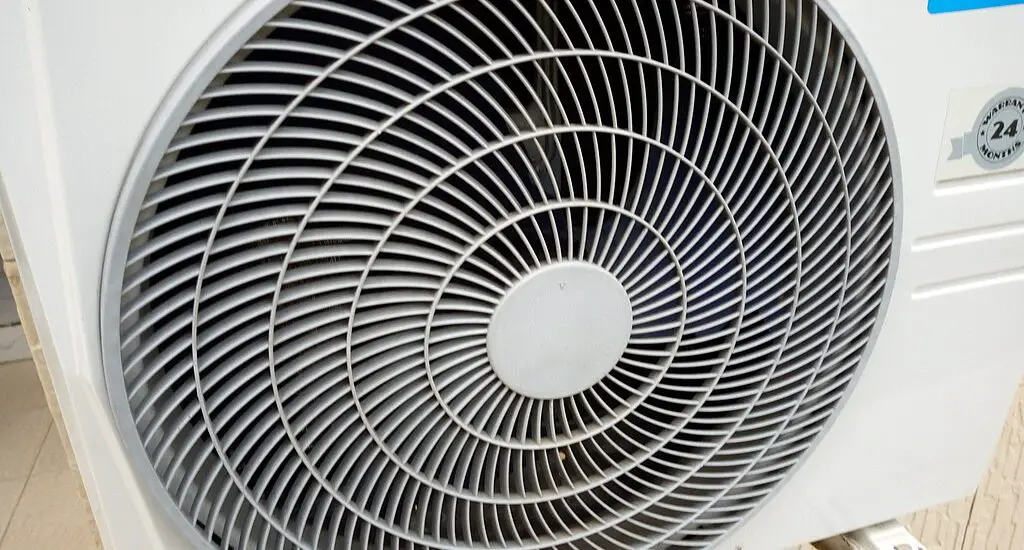What does a condenser do, you ask? Whether it’s an air conditioner, your car, or even a still, these devices have a little bit of magic happening inside them, all thanks to a little component called the condenser. The heart and soul of these systems, condensers are the secret sauce to making the everyday comforts of modern life possible.

Table of Contents
What is a Condenser?
It’s a pivotal component across numerous devices, tasked with the crucial role of transforming a substance from its gaseous state to a liquid state. They’re not all the same – condensers come in various types, each one designed for specific conditions and requirements.
The Basics of a Condenser
A condenser, in simplest terms, is a heat exchanger. It condenses a substance from its gaseous state to a liquid state, hence the name. But this understated gadget does more than just changing states; it plays a crucial role in energy conversion and conservation. Oh, and remember how your physics teacher always talked about the laws of thermodynamics? Yep, that’s where our condenser comes in.
What Does a Condenser Do?
Doing the heavy lifting in HVAC systems, cars, refrigeration units, and even in distillation, the condenser is a jack-of-all-trades. It cools down hot substances, releases heat, and essentially, keeps our modern world ticking smoothly.
Function of a Condenser in Various Systems
Condensers are the workhorse of many systems. In your AC, the condenser works to eject heat from the building to the outside air. In your car, it cools down hot, high-pressure refrigerant gas into a cool, high-pressure liquid. In a distillation process, it turns vapor into liquid. Imagine an alchemist of the modern world, and you’ve got the condenser.
Condenser in HVAC System
In Heating, Ventilation, and Air Conditioning (HVAC) systems, the condenser plays an essential role in removing heat from the building. It is here where the refrigerant vapor is compressed and cooled to become a high-pressure liquid.
The condensing unit houses several parts, such as the compressor, fan, and condenser coil. This unit is usually placed outside the building to effectively dispel the heat to the outside environment.
Condenser in Refrigeration and Cooling Systems
Refrigeration systems operate on a similar principle as HVAC units but on a smaller scale. After the refrigerant absorbs heat from the interior of the refrigerator or freezer, it travels to the condenser.
Here, the condenser dissipates the heat to the surroundings, causing the refrigerant to cool and condense back into a liquid. This cycle continuously repeats, keeping your perishables at the ideal temperature.
Condenser in Distillation Process
In a distillation process, the condenser has a slightly different role. Here, a vaporized substance, heated and turned into steam, passes into the condenser. The condenser cools the steam, causing it to revert to its liquid state, which is then collected.
This process is commonly used in laboratories and industries to purify liquids or to separate liquid mixtures.
Key Components of a Condenser
A condenser is typically composed of three main components: the condenser coil, the condenser fan, and the motor.
The condenser coil carries the hot gaseous refrigerant, where the heat is released to the cooler surrounding air or water. The condenser fan helps this process by blowing air across the condenser coil to increase the speed of cooling. Lastly, the motor powers the fan.
Each of these components is crucial in ensuring the condenser’s effective operation.
Check out these other related articles…
Refrigerator Condenser Making Noise: Reasons & 2 Sure Fixes
Over Condensing Refrigeration: Your Comprehensive 411 Guide
Condenser Function: Your Essential Guide
Condenser Pressure in Refrigeration System: Ultimate Guide
Condenser HVAC: Detailed Guide to its Role & Maintenance
How Does a Condenser Work?
Operating on principles of thermodynamics, a condenser executes an intricate dance of heat transfer. It orchestrates the phase transformation from gas to liquid by cooling down substances, playing an essential role in managing energy within a system.
The Science Behind Condensers
Condensers run on simple principles, but when you peel back the layers, you find an intricate dance of thermodynamics and heat transfer. It’s like a well-choreographed ballet of molecules, dancing from high energy states to low, all under the watchful eyes of our faithful conductor, the condenser.
The Condensation Process
Condensation is the process by which a vapor turns into a liquid. This transformation happens when the temperature of the vapor decreases or the pressure on the vapor increases.
In the case of a condenser, the process involves both: the refrigerant vapor’s pressure is increased, and it is cooled down. The vapor, carrying the heat absorbed from the interior of the system (like your home or fridge), enters the condenser where it gets cooled, turning back into a liquid and releasing the carried heat in the process.
Heat Transfer in a Condenser
Heat transfer in a condenser happens primarily through conduction and convection. The hot refrigerant vapor conducts its heat to the cooler condenser coil.
The heat then gets transferred to the surrounding medium (air or water) via convection. The fan aids in this convective heat transfer by blowing air across the coil, which helps dissipate the heat faster.
Condenser Efficiency and Factors Affecting It
The efficiency of a condenser refers to how effectively it can reject heat and condense the refrigerant. This efficiency depends on multiple factors.
Ambient temperature is crucial – the cooler the surrounding medium, the more efficiently the condenser can release heat. The refrigerant type also matters as different refrigerants have different heat capacities and boiling points. Lastly, the design and maintenance of the condenser can significantly impact its performance.
